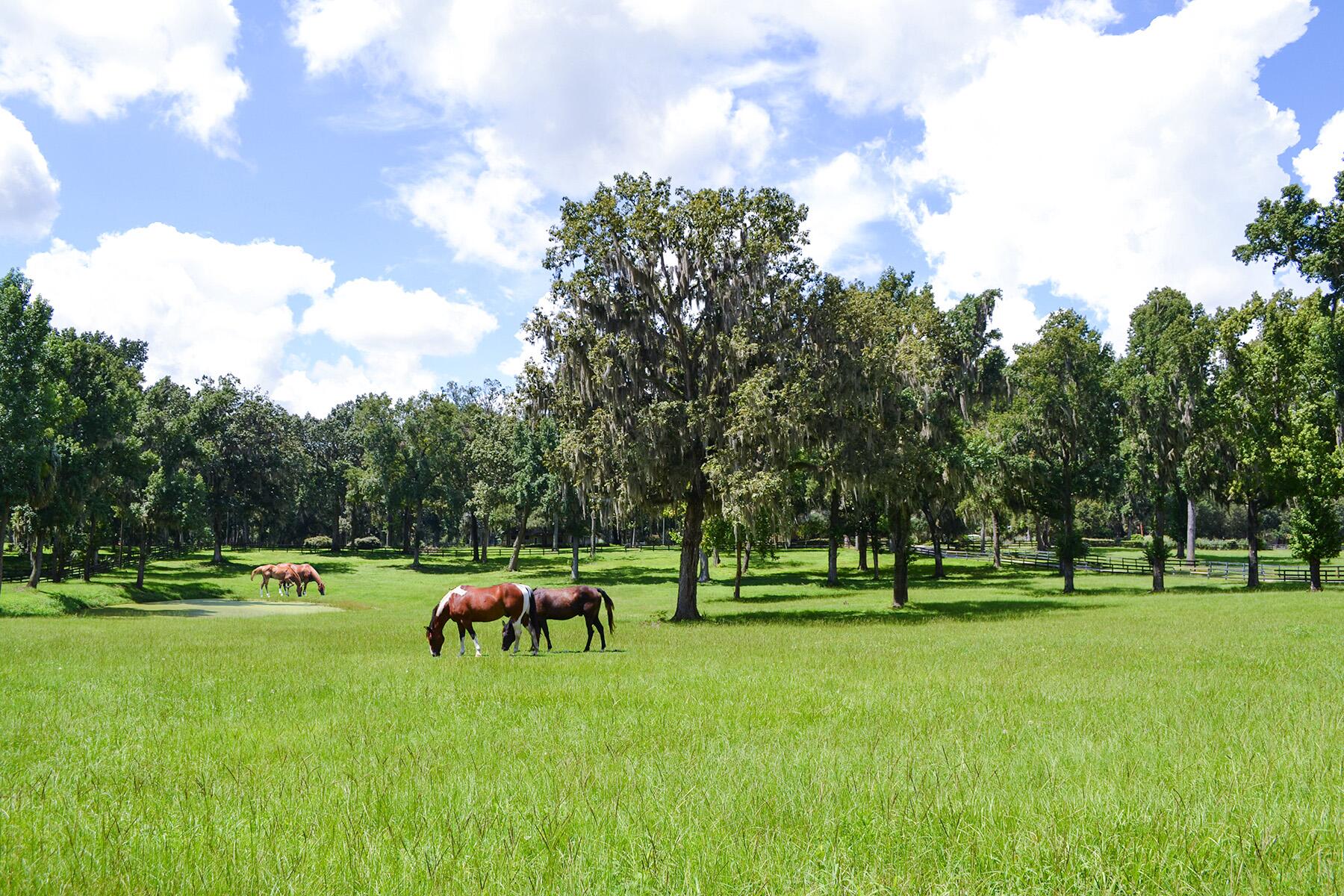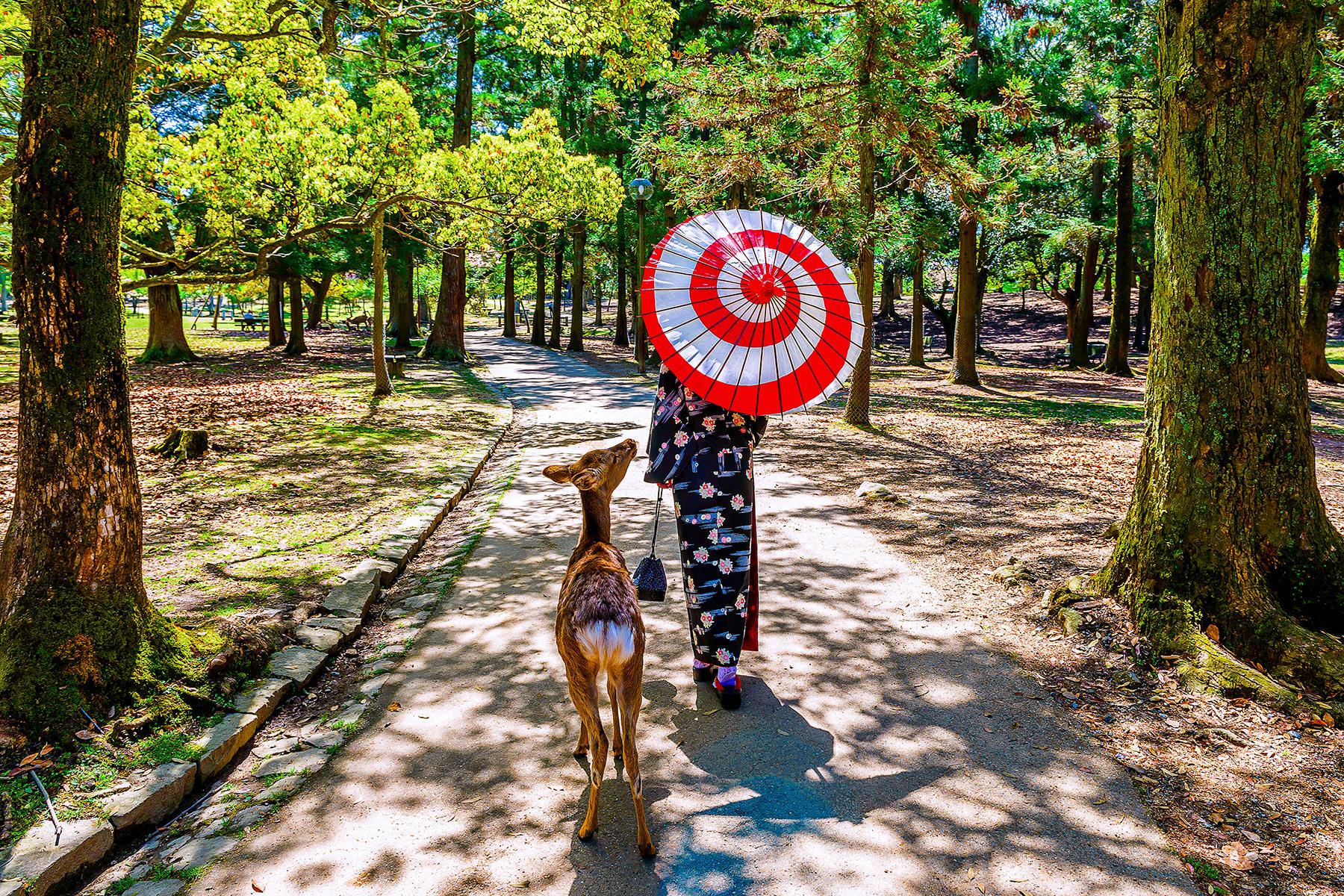How you can see, feed, and pet the sacred deer of Nara Park.
Nara, Japan is home to 350,000 people and 1,200 of the most famous deer in the world. Tourists flock to Nara Park to get up close and personal with some of the nation’s most gentle animals, and even British rock band alt-J count themselves as fans—dedicating not one, but three tracks of their 2014 album This is All Yours to the experience. If you count yourself as a cervidaephile, Instagram aficionado, or just want to experience a slice of the seemingly magical wilderness in the middle of a city, joining the herd really is as easy as a walk in the park.




